However, despite everything that happened in that span of time (Kings, plagues, battles, fires), it's hard to not focus on WWII when talking about the city's history. That's because the Warsaw that existed before the war (or, to be more specific, before the Warsaw Uprising) and the one today are almost entirely different.
The 1944 uprising, in which the courageous Polish Home Army rose up against the Nazis who had been occupying Warsaw for the last 5 years, lasted for two whole months between August and October. When it was over, though they fought bravely, the Poles -- out of supplies -- eventually surrendered.
The Warsaw Uprising enraged Hitler, and his retribution proved swift and brutal. Warsaw was to be wiped from the face of the map, and his cronies set about their orders with a zealous fury. While Red Army tanks stood stoically stationed across the river, the Nazis set about blasting western Warsaw into oblivion. Anything deemed of cultural importance was dynamited, and whole districts were set on fire. By the time ‘liberation’ arrived, over 85% of the city lay in total ruin. "I have seen many towns destroyed, but nowhere have I been faced with such destruction," commented a visibly moved Dwight Eisenhower on a later visit to the city. That the city still stands at all is tribute enough to the indefatigable spirit of the Polish capital.
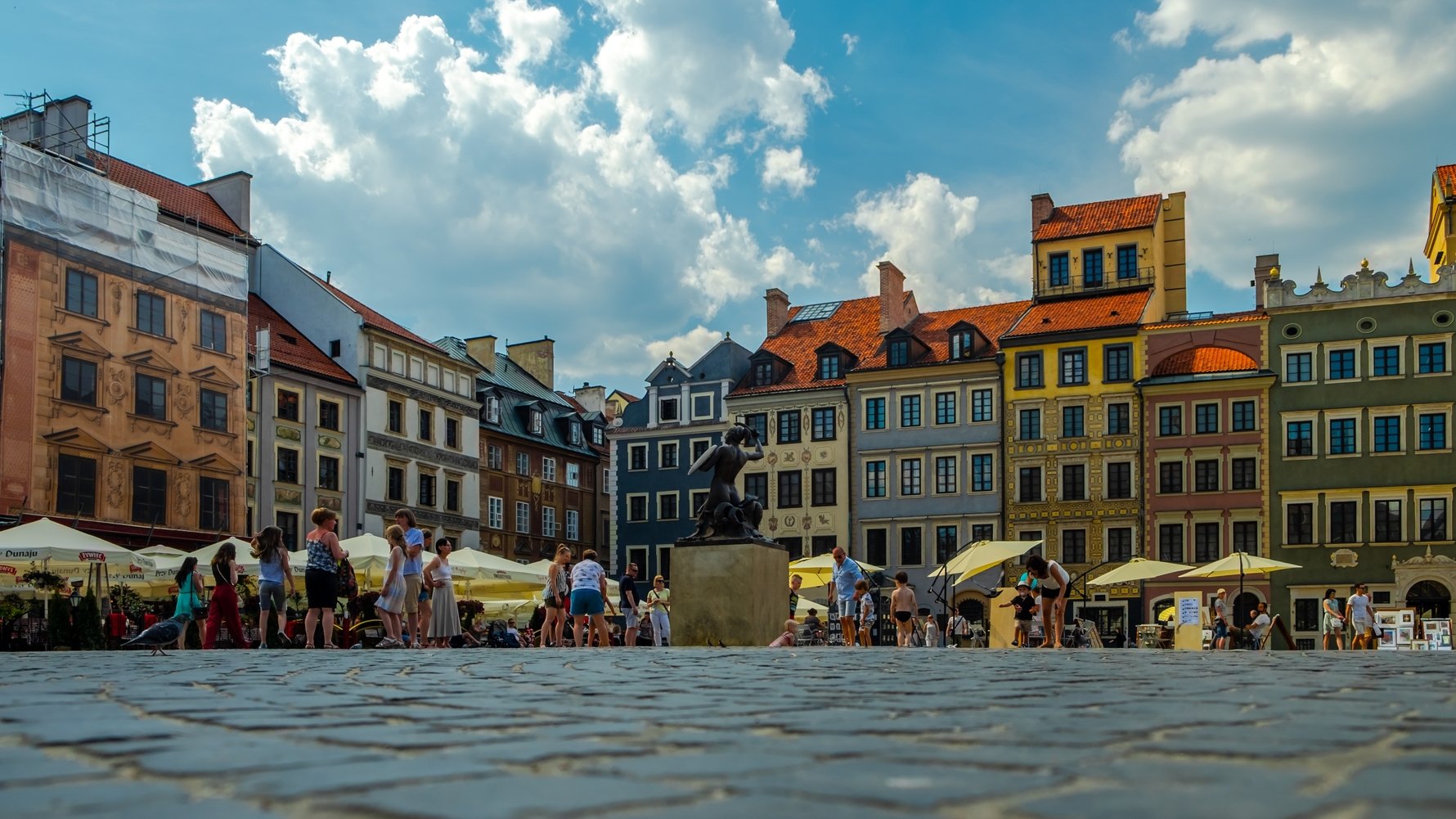
Nowhere bore the brunt of the Nazi malice more than the Old Town, and it’s here that most tourists will choose to start their tour of Warsaw. Using paintings and photographs as an architectural blueprint, the Old Town was painstakingly rebuilt, with the reconstruction of the historic centre only completed as late as 1962. The area's inclusion on the UNESCO World Heritage List speaks volumes for the effort involved, and nothing is more striking than the colourful, wonky-looking burgher houses that frame the Old Town Square (Rynek Starego Miasta).
The historic centre is also home to numerous churches, including the striking St. John’s Cathedral whose details number gothic artworks as well as the tombs of knights, regents and eminent citizens. Marking edge of old town is the Royal Castle, reconstructed from a pile of rubble at incredible cost between 1971 and 1984. The prescribed tour will take you through the Kings’ apartments and chambers, heavily adorned with paintings of famous Polish moments. Although you’ll find plenty of photographic opportunities in and amongst the tight cobbled alleyways save a few shots for the viewing platform at the top of St. Anne’s Church, and don’t leave the area without first exploring the lesser known delights of the New Town.
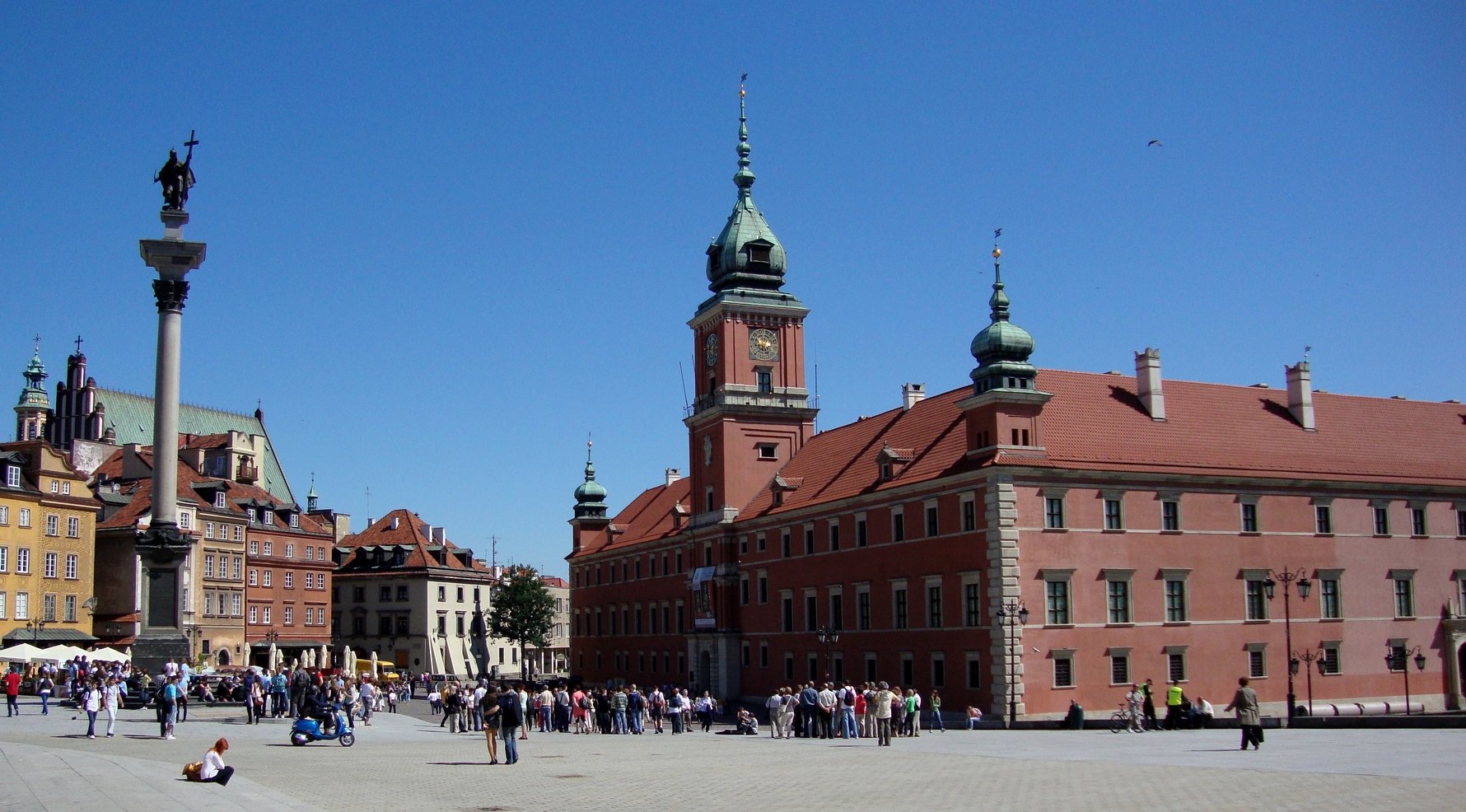
There is far more to Warsaw than its Old Town however, and one museum that demands to be visited is the Warsaw Uprising Museum. It’s here that you’ll learn about the city's doomed rebellion against the Nazis in 1944. Packed with interactive displays, photographs, video footage and miscellaneous exhibits this is guaranteed to leave a deep mark on all visitors, and will go a long way in explaining why today's Warsaw is far from the architectural pearl it once was.
Although the Nazis flattened the Jewish Ghetto after a heroic uprising in 1943 there are still traces of Warsaw’s Jewish past, including a remaining piece of the Ghetto wall (ul. Sienna 55), a memorial where the loading ramp to Treblinka once stood (Umschlagplatz), as well as one of the largest Jewish cemeteries in Europe. The crowning jewel for those with an interest in the city's Jewish past, however, is POLIN Museum of the History of Polish Jews - the biggest financial investment ever made in a cultural venue in Poland's history. The results are amazing, and like the Uprising Museum, it's simply a museum you shouldn't leave town without visiting.
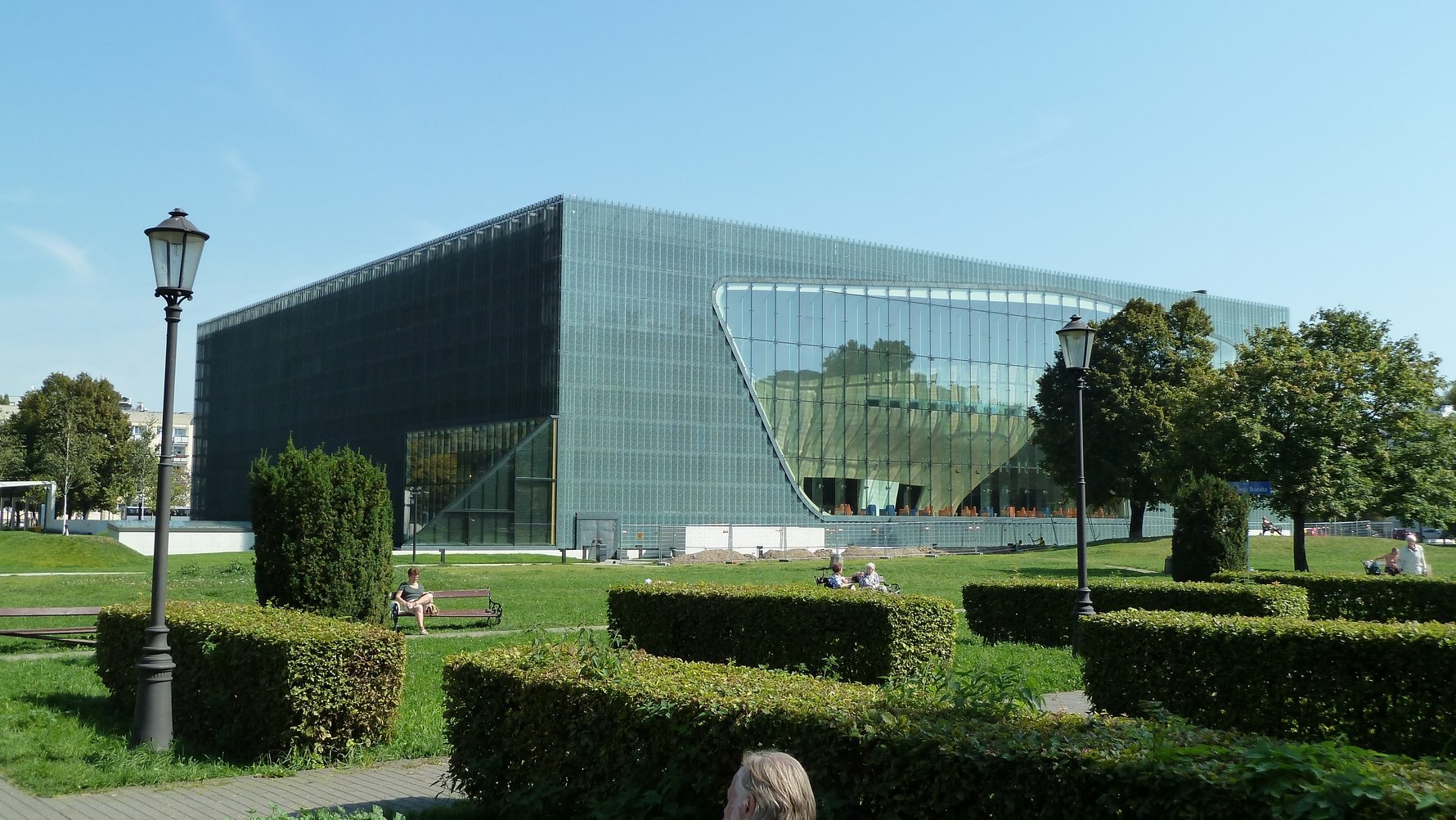
Sightseeing in Warsaw is not all about the city's tragic past, and can also involve the endeavours of scientific discovery. One of Europe's most fascinating museums, the Copernicus Science Centre, and it's accompanying planetarium, is a fully immersive experience, packed with interactive and multimedia displays, frequent exhibitions and events. Named after the famed Polish mathematician and astronomer Nicolaus Copernicus, the centre is a super-modern, thought-provoking venue that's not to be missed. The museum itself is found on the pleasant Vistulan Boulevards, which are gradually being renovated in stages, and are perfect for walkers, cyclists and even lazy loungers! These are just some of the highlights of the on-the-up Powiśle District!
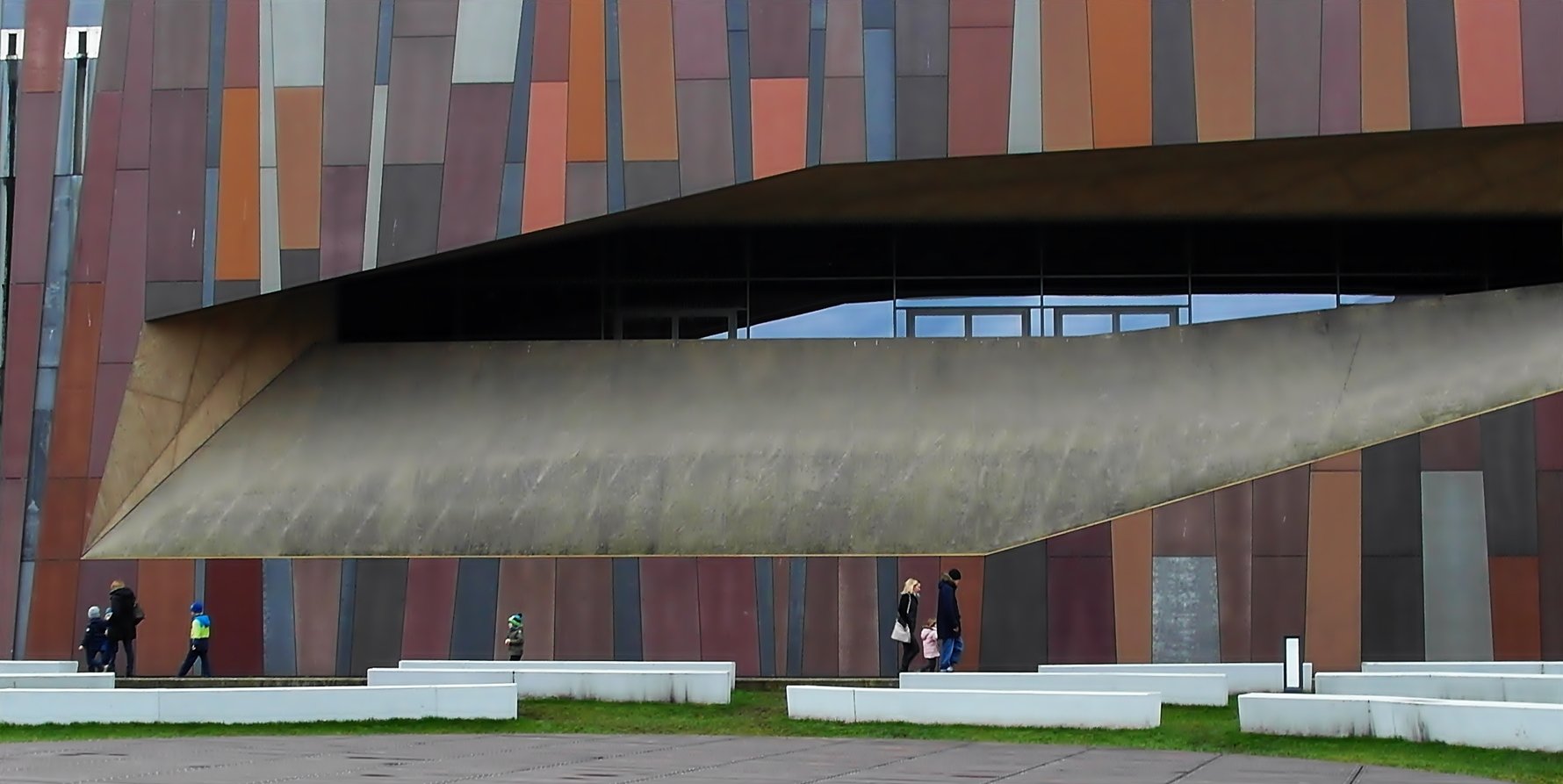
Despite some amazing new projects in recent years, the city’s defining landmark will always remain the fearsome Palace of Culture and Science. Looking like something you’d see in Ghostbusters the building towers at 237 metres in height, and is the tallest structure in Poland. Commissioned by Stalin as a ‘gift from the Soviet people’ the building was completed in 1955 and built using an estimated 40 million bricks. The crowning glory of the structure is the viewing platform on the 30th floor, a must see.
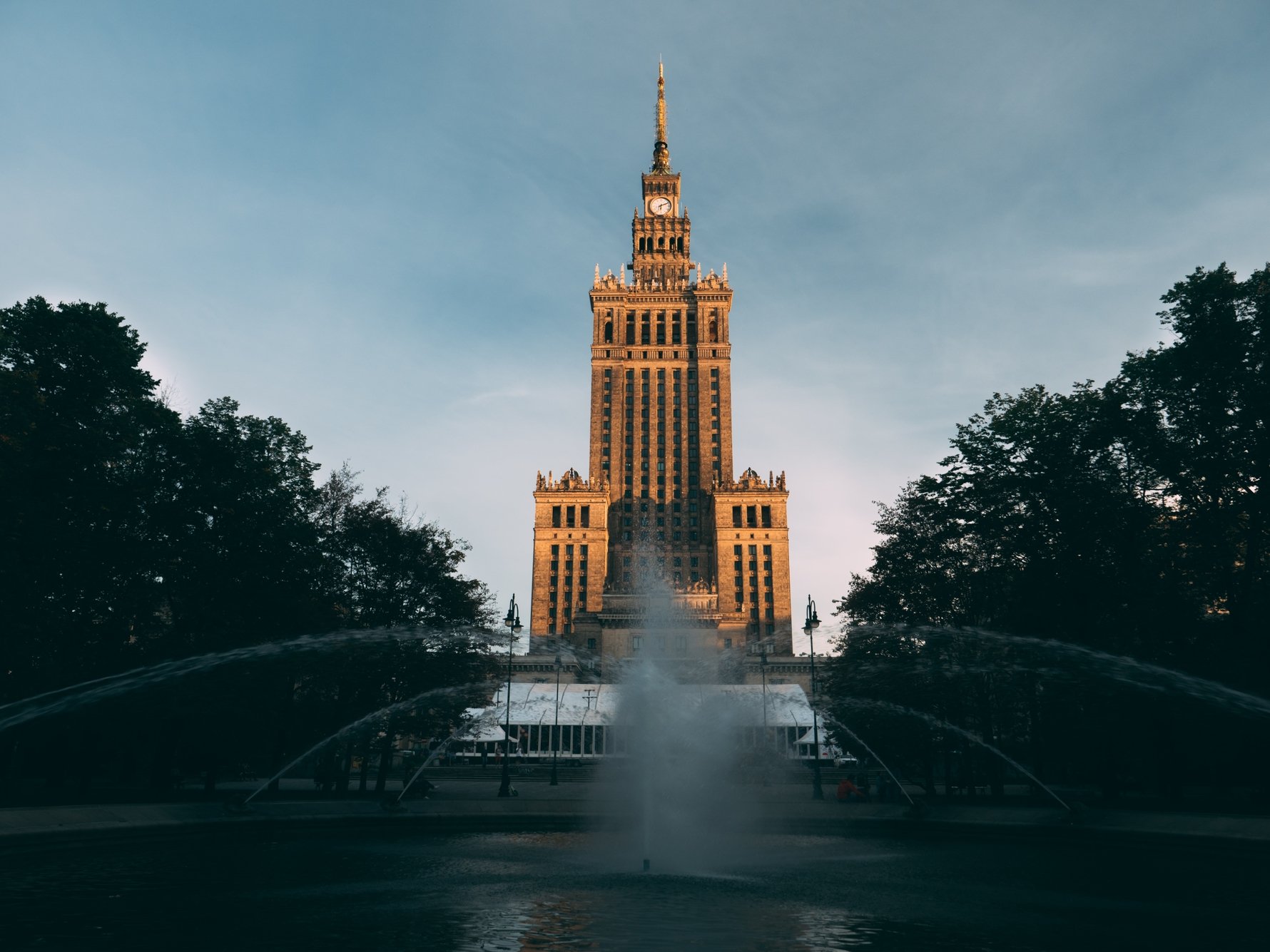
Across the river the Praga suburb is undergoing a long due revival, and its growing reputation as an artistic haven is evident in the cafes that have sprung up along the pre-war Ząbkowska Street. But while the Praga area is breathing once more, it still looks shabby. For a glimpse of Warsaw’s Imperial beauty head instead to her palaces, in particular Łazienki Park and Palace and Wilanów Palace - dubbed ‘The Polish Versailles.’ Enjoy exploring Warsaw.
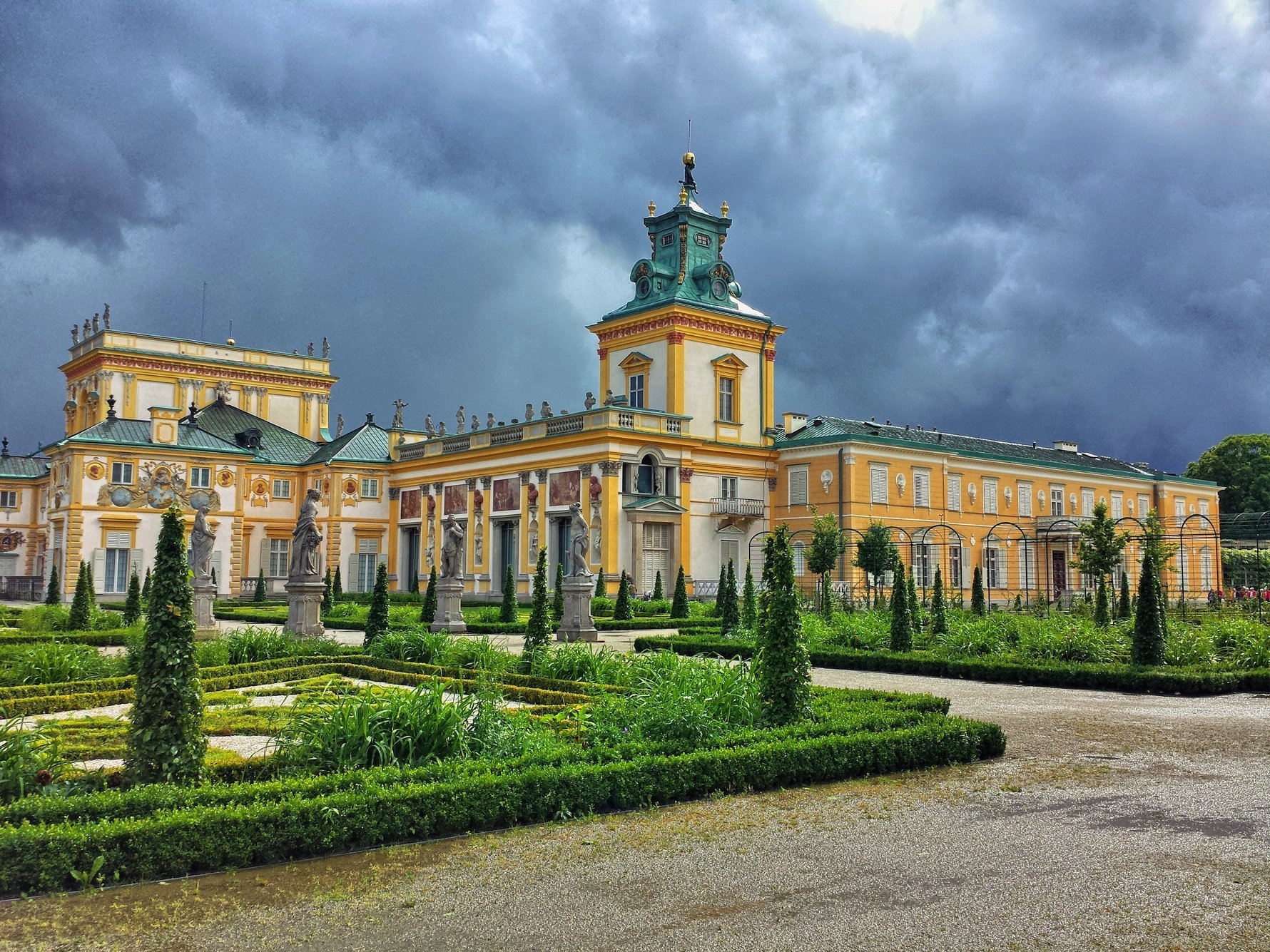


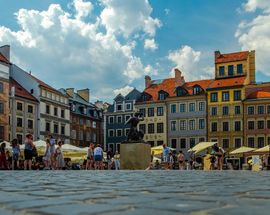
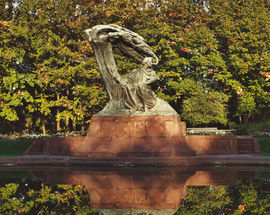
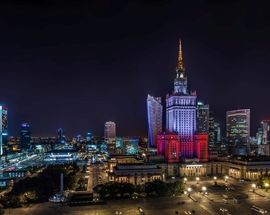
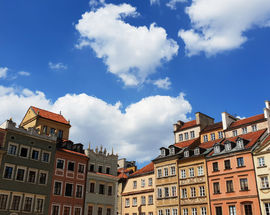
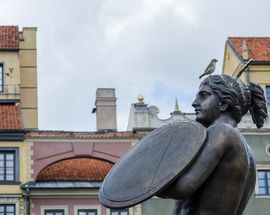

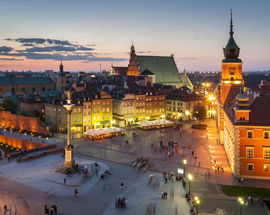
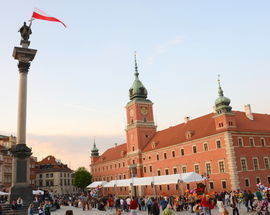
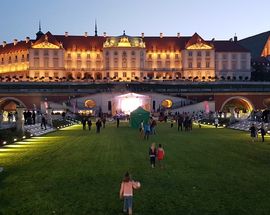
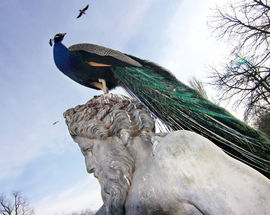
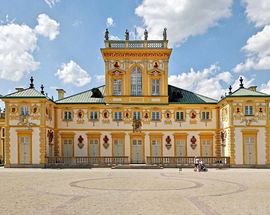
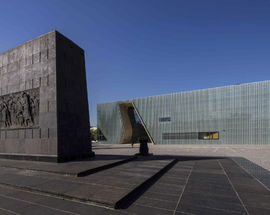
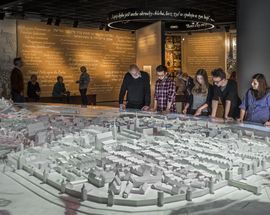
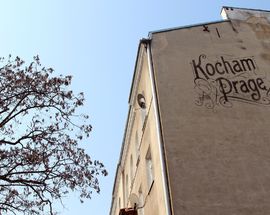
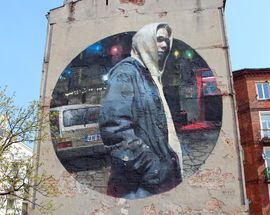

Comments